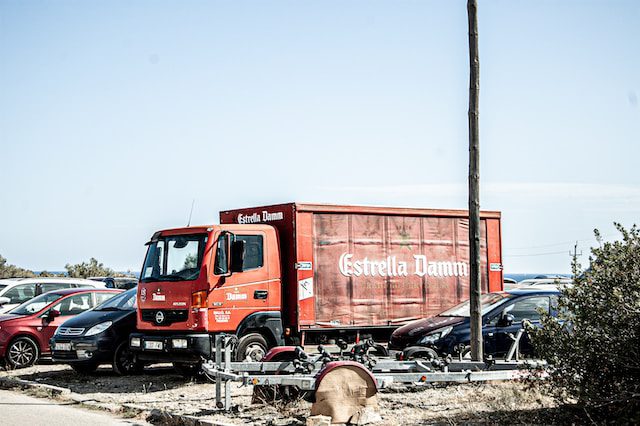
Project planning and execution can sometimes feel like shooting in the dark. It can become overwhelming with many tasks and resources to manage. However, this doesn’t have to be the case. With a scheduled, visible, and clear plan of action, project management can be a sail in the wind. The Gantt chart is a proven tool for systematic and efficient planning and management. In this article, we will delve into understanding the tool and how you can use it to achieve ultimate success. Keep reading to learn more.
Introduction to Gantt Charts
A Gantt chart is a horizontal bar chart. It represents the project timeline on the horizontal axis, with the length of each bar corresponding to the task length. Each task is represented on the vertical axis. The chart may also feature other relevant details, including allocated resources, dependencies between tasks, and completion percentage. This format provides a quick view of the project status and plan of action, enabling effective control and decision-making.
Using the Gantt Chart for Project Management
The powerful feature of the Gantt chart is that it gives you a bird’s eye view of the entire project. This enables holistic project management. The chart lets you easily track the project’s progress by comparing the planned and actual progress. Delays in task completion will be visible through the chart. Prompt intervention can be taken to put the project back on course. This proactive management reduces the risk of project failure.
On the other hand, with the visual representation of task dependencies, managers can do effective resource allocation and load balancing. They can ensure that resources are adequately utilized and are not overwhelmed. In case of any changes, such as task re-assignment, the chart quickly reveals the possible effects on other tasks and the project, facilitating informed decision-making.
Moreover, the chart can be used in reporting to stakeholders. It provides a quick, easy-to-understand snapshot of the project’s progress and status. This enhances communication and understanding among the stakeholders.
Also read: What is TotallyScience Gitlab?
Essential Tips for Getting the Most Out of Your Gantt Chart
Despite the utility of the Gantt chart, bad practices can limit its potential. Here are a few tips to avoid these. First, avoid guesswork. The timeline set for each task should be based on a realistic estimation of the effort required and the assigned resources’ productivity levels. Guessing will only yield unrealistic plans, undermining the chart’s value.
Second, maintain flexibility. The Gantt chart is not a one-time setup tool. Keep updating the chart to reflect the actual project status. Be ready to adjust the plan in response to the inevitable project changes.
Third, do not crowd the chart. Keep the chart simple for easy understanding. Overloading the chart with too much information only achieves the opposite effect of confusing the users.
Finally, use the chart as a communication tool. Share the chart consistently with the project team and other stakeholders and get their input. This way, everyone understands the project plan and status and can contribute to its completion. By adhering to these practices, you can maximize the value of the Gantt chart and greatly improve your project management.
The Gantt chart serves as a roadmap for your project that guides you from the starting point to the destination. Its efficient utilization can drastically improve project management and increase the chances of your project’s success. Whether you are managing a small or grandiose project, embracing this tool can result in unprecedented productivity and unmatched results.



